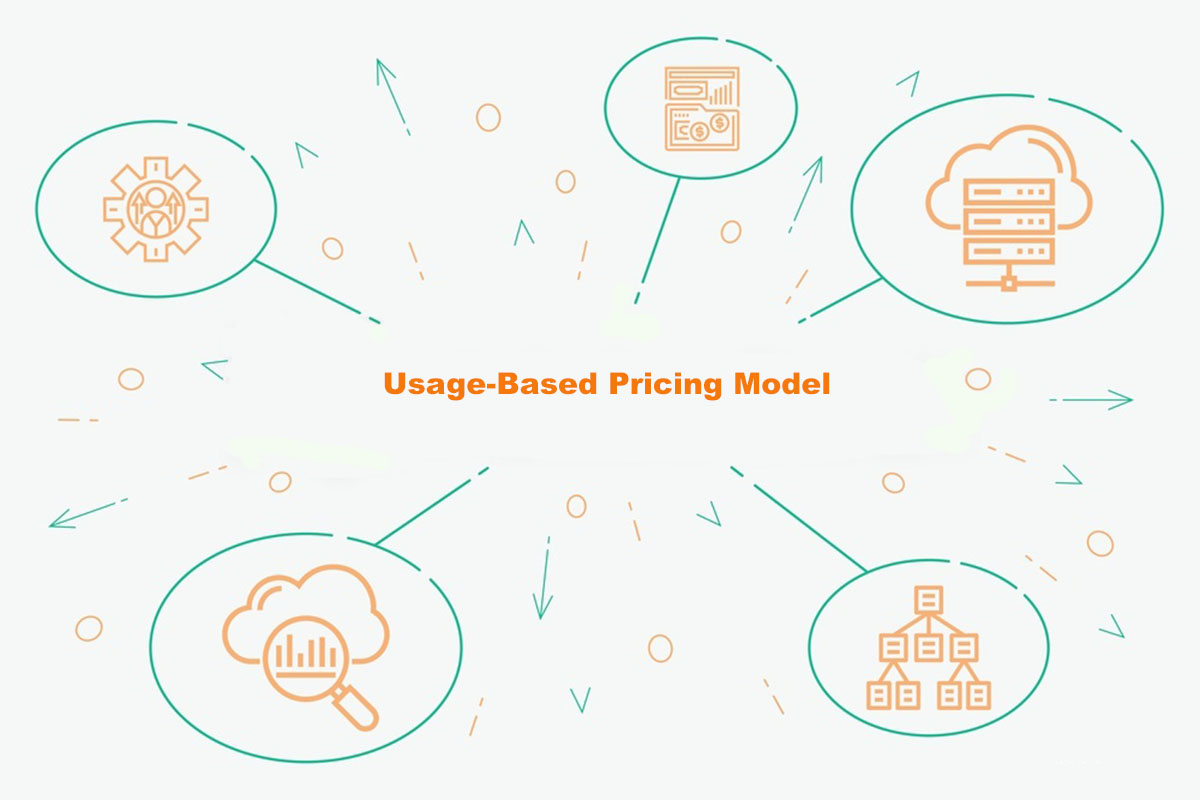
The Benefits of Usage Based Revenue for the SaaS Industry
The subscription or recurring revenue model has snowballed in popularity in the past two decades, fueled by the remarkable success of the software industry’s transition to this approach.
In recent years, cloud technology subscriptions in general, and the software-as-a-service or SaaS industry, in particular, are seeing another remarkable transformation driven by the emergence of the usage based revenue model. Usage based billing models have played a huge role in reshaping subscriptions to align with the dynamic nature of today’s consumer behaviour.
In this blog, we will explore why and how usage-based revenue is revolutionizing the SaaS landscape. We will delve into the key reasons behind this transformation and discuss the strategies and benefits of adopting the usage-based revenue model.
Stay tuned to decode the transformative power of usage-based revenue in the SaaS industry.
Read More: What is Usage-Based Billing?
The Shift from Traditional Pricing Models to Pay-Per-Use
The SaaS industry has traditionally relied on fixed pricing models, where customers pay a set fee for a predetermined period. This includes flat fees, tiered, and volume-based pricing plans. However, these models have certain very real limitations capping their potential for revenue growth.
To give one example, fixed pricing models are often not flexible enough to cater to dynamic customer usage patterns and can result in customers underutilizing your product/service. This decreases your customer’s lifetime value and incurs a greater risk of subscription fatigue.
Despite the remarkable success of subscriptions demonstrating that customers are more than happy to pay recurrently for products that furnish convenience and add value on a daily basis, consumers spend an average of $133 more each month on subscriptions than they realize. Drowning in a sea of subscriptions, customers are starting to feel guilty paying for underutilized products and services. This manifests itself as high churn rates associated with fixed pricing models.
Usage based revenue models address these limitations head-on by allowing customers to pay only for what they actually use, thereby boosting customer value, improving retention, and unlocking a greater revenue generation capacity for your business.
The Benefits of Usage Based Revenue and Pricing Models to SaaS Companies
Usage based revenue and pricing models offer many benefits to SaaS companies who implement them. Let’s discuss a few core ways this model boosts business success.
1. Enhancing Customer Retention
Pay-Per-Use pricing elegantly aligns costs with actual usage, offering customers greater flexibility and the ability to scale their usage up or down based on their needs. This provides a sense of control, cost-efficiency, and a more personalized experience. All this translates into improved retention rates.
2. Boosting Upselling Success Rates
In addition to furnishing guilt-free value to consumers, usage-based revenue models offer SaaS providers usage-based insights that make it easier to grow revenue through upselling and cross-selling. Usage data helps you anticipate customer needs and encourage them to purchase additional features and services, based on personalized recommendations.
3. Driving Usage Optimization
Usage-based revenue and pricing models empower SaaS companies to drive usage optimization among their customer base. By providing transparency into usage patterns and costs, customers are incentivized to optimize their usage to get the most value out of the service.
This optimization not only benefits customers by ensuring they are paying for what they truly need, but it also benefits SaaS companies by increasing overall efficiency and resource utilization.
4. Fueling Revenue Growth
The adoption of usage-based revenue models can significantly impact a SaaS company’s bottom line. By capturing the true value of their product or service, SaaS providers can optimize revenue streams and unlock new growth opportunities. Additionally, usage-based revenue models incentivize customers to maximize their usage, driving higher adoption rates and increasing overall revenue potential.
Research suggests that SaaS companies that shifted from traditional to usage-based pricing models have enjoyed a 50% higher valuation, 38% higher revenue growth year-on-year, and a 9% higher net dollar retention.
5. Utilizing a Customer-Centric Approach
In today’s dynamic business environment, customers demand flexibility and the ability to customize their software solutions. Usage-based revenue models provide the agility required to meet these evolving demands. They enable SaaS providers to offer tailored pricing plans, customized feature sets, and usage tiers that align with individual customer requirements. This adaptability fosters long-term customer satisfaction and fosters a competitive edge in the market.
6. Offering a Competitive Advantage
Adopting a usage-based revenue model can provide SaaS companies with a competitive advantage in the market. By offering flexible pricing, personalized experiences, and transparent cost structures, SaaS companies can differentiate themselves from competitors. This differentiation helps attract new customers, retain existing ones, and position the company as an industry leader focused on customer-centric value delivery.
Challenges and Considerations
While the transformation to usage-based revenue models brings significant benefits, it also presents challenges. SaaS providers need to strike a balance between pricing transparency, simplicity, and revenue optimization. Additionally, effective communication and collaboration with customers are crucial to ensure a smooth transition to usage-based revenue models.
Businesses must carefully design and implement pricing structures, monitor usage data, and ensure accurate billing processes. There is no margin for error when it comes to billing your clients fairly and transparently. SubscriptionFlow is a subscription management and billing automation platform that can automate billing cycles against usage-based charges and generate invoices clearly outlining these usage charges.
Conclusion
The SaaS industry is experiencing a paradigm shift, propelled by the transformative power of usage-based revenue models. By embracing this shift, SaaS providers can unlock new growth opportunities, enhance customer value, and drive long-term success.
However, this transformation requires careful planning, execution, and a customer-centric approach. As the SaaS landscape continues to evolve, the adoption of usage-based revenue models will play a pivotal role in shaping the future of the industry, creating a more flexible and mutually beneficial relationship between SaaS providers and their customers. Schedule a demo to learn more!










